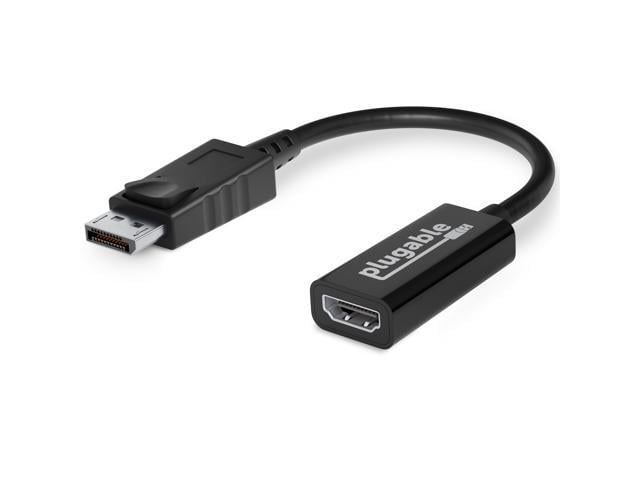If you hope to outmaneuver threat actors, speed and efficiency need to be key components of your cybersecurity operations. Mastery of the standard command-line interface (CLI) is an invaluable skill in times of crisis because no other software application can match the CLI’s availability, flexibility, and agility. This practical guide shows you how to use the CLI with the bash shell to perform tasks such as data collection and analysis, intrusion detection, reverse engineering, and administration.
Authors Paul Troncone, founder of Digadel Corporation, and Carl Albing, coauthor of bash Cookbook (O’Reilly), provide insight into command-line tools and techniques to help defensive operators collect data, analyze logs, and monitor networks. Penetration testers will learn how to leverage the enormous amount of functionality built into nearly every version of Linux to enable offensive operations.
In four parts, security practitioners, administrators, and students will examine:
- Foundations: Principles of defense and offense, command-line and bash basics, and regular expressions
- Defensive security operations: Data collection and analysis, real-time log monitoring, and malware analysis
- Penetration testing: Script obfuscation and tools for command-line fuzzing and remote access
- Security administration: Users, groups, and permissions; device and software inventory















